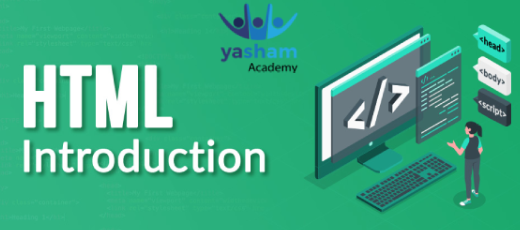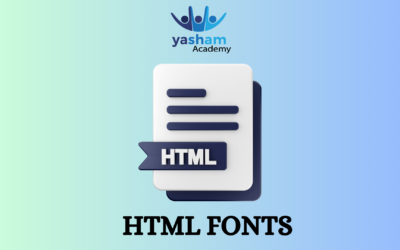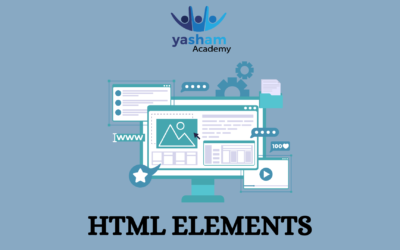What is HTML?
HTML /Hyper Text Markup Language is used for creating web applictions and website. CSS is a style sheet language reoresentation of doucuments written in a markup language.
Features of HTML?
- HTML is not case-sensitive language, means <html> is equivalent to <HTML>.
- It is easy to learn and easy to use.
- It is platform-independent.
- Images, videos, and audio can be added to a web page.
- Hypertext can be added to the text.
- It is a markup language.
- Offline Capabilities (PWA) with Cache API & Service Workers.
- Canvas for Game Development.
- Platform Independent.
- Media Support.

Web development- Developers use HTML code to design how a browser displays web page elements, such as text, hyperlinks, and media files.
Internet navigation- Users can easily navigate and insert links between related pages and websites as HTML is heavily used to embed hyperlinks.
Web documentation- HTML makes it possible to organize and format documents, similarly to Microsoft Word.
How HTML Work
The average website includes several different HTML pages. For instance, a home page, an about page, and a contact page would all have separate HTML files.
There are three main parts of an element are:
Opening tag – Used to state where an element starts to take effect. The tag is wrapped with opening and closing angle brackets. For example, use the start tag <p> to create a paragraph.
Content – This is the output that other users see.
Closing tag – The same as the opening tag, but with a forward slash before the element name. For example, </p> to end a paragraph.
Attributes in html
- HTML attributes are special words which provide additional information about the elements or attributes are the modifier of the HTML element.
- Each element or tag can have attributes, which defines the behaviour of that element.
- Attributes should always be applied with start tag.
- The Attribute should always be applied with its name and value pair.
Block-level element:
- These are the elements, which structure main part of web page, by dividing a page into coherent blocks.
- A block-level element always start with new line and takes the full width of web page, from left to right.
- These elements can contain block-level as well as inline elements.
Advantages of HTML
- HTML helps to build structure of a website and is a widely used Markup language.
- It is easy to learn.
- Every browser supports HTML Language.
- HTML is light weighted and fast to load.
- Storage of big files are allowed because of the application cache feature.
Disadvantages of HTML:
- It can create only static and plain pages so if we need dynamic pages then HTML is not useful.
- Every browser supports HTML language.
- It is by default in every windows so you don’t need to purchase extra software.



